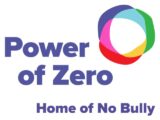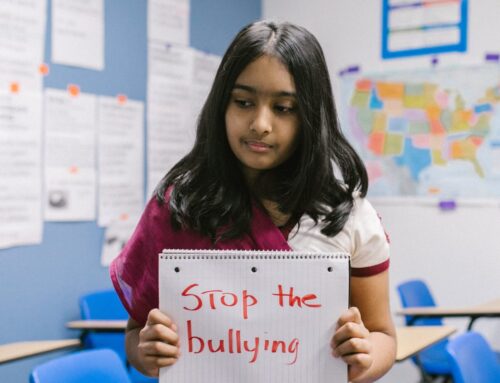“No one is born hating another person because of the color of his skin, or his background, or his religion.” So wrote Nelson Mandela in his Long Walk to Freedom. However the newborn’s innate innocence is too easily corroded by the world of differences around them. By the time they are three months old infants prefer faces from certain racial groups. By the age of three children associate some racial groups with negative traits. By age 4, U.S. children have been found to equate being white with wealth and higher status. Race-based discrimination is widespread among children entering the first years of primary school.
This week, thanks to UNESCO, the world sees its first ever International Day against Bullying. The United Nations, along with its sister organizations, nominates International Days as wake up calls to issues where there is denial. For generations the world has denied the harm that bullying caused and even now it prefers to turn a blind eye to this fundamental truth, that bullying is primarily about differences. In promoting this year’s day against bullying, UNESCO rightly calls attention to the discriminatory nature of bullying, citing that a child’s physical appearance is the top reason for bullying, followed by their ethnicity, nationality and skin colour. For many children bullying at the hands and peers is their first and deepest experience of intolerance and social injustice.
UNESCO’s call to action is a call to teach our youngest students inclusivity and how to live and learn with zero violence, zero hate and zero bullying. Here are five ways we teach the young child the power of inclusivity.
- Explain to your young learner what bullying is. Use actual examples from their life. Point out when people say and do things that are mean, and give them practical examples of what they can do to stand up for their peers who are left out or bullied.
- Everyone has feelings and needs, just like you. Colour blindness has never solved discrimination. Acknowledge the differences of appearance, nationality and skin colour that your child notices in others. And at the same time talk to them about our shared humanity and that everyone wants to be loved and happy, just like you.
- Encourage collaborative learning. As young children develop a sense of agency, they discover that they have the power to invite others into their circle and experience the joy of collaboration. Inclusivity requires an opening of the heart and an act of generosity but the returns are enormous: an exchange of ideas, fresh perspectives and shared energy as young children work together to find a creative solution for a problem or project. Collaborative learning – when facilitated skillfully – enhances academic progress. Inclusivity helps the young child to develop flexibility and openness to new experiences and this in turn promotes their creativity.
- Teach “you can’t say you can’t play” One of the most heart-felt descriptions of the young child’s journey into a shared world is found in Vivien Paley’s award-winning monograph You Can’t Say You Can’t Play. Published in 1993, the book is a reflection upon the forces of social inclusion and exclusion that operate throughout preschool and in the early years of primary education. It was in an attempt to create a classroom grounded in inclusivity that Vivian Paley introduced her kindergarteners to a new rule: “You can’t say you can’t play.” Hers was a bold attempt to foster a habit of inclusivity in her young students.
- Kindness is even more important online. The Internet is another shared world, infinitely vaster than the classroom, and it exposes the young child to people and diversity that they would never encounter IRL. Of everything we teach young children, kindness and inclusivity have the greatest potential to head off the growth of online bullying and hate in the tween and teen years.







Leave A Comment